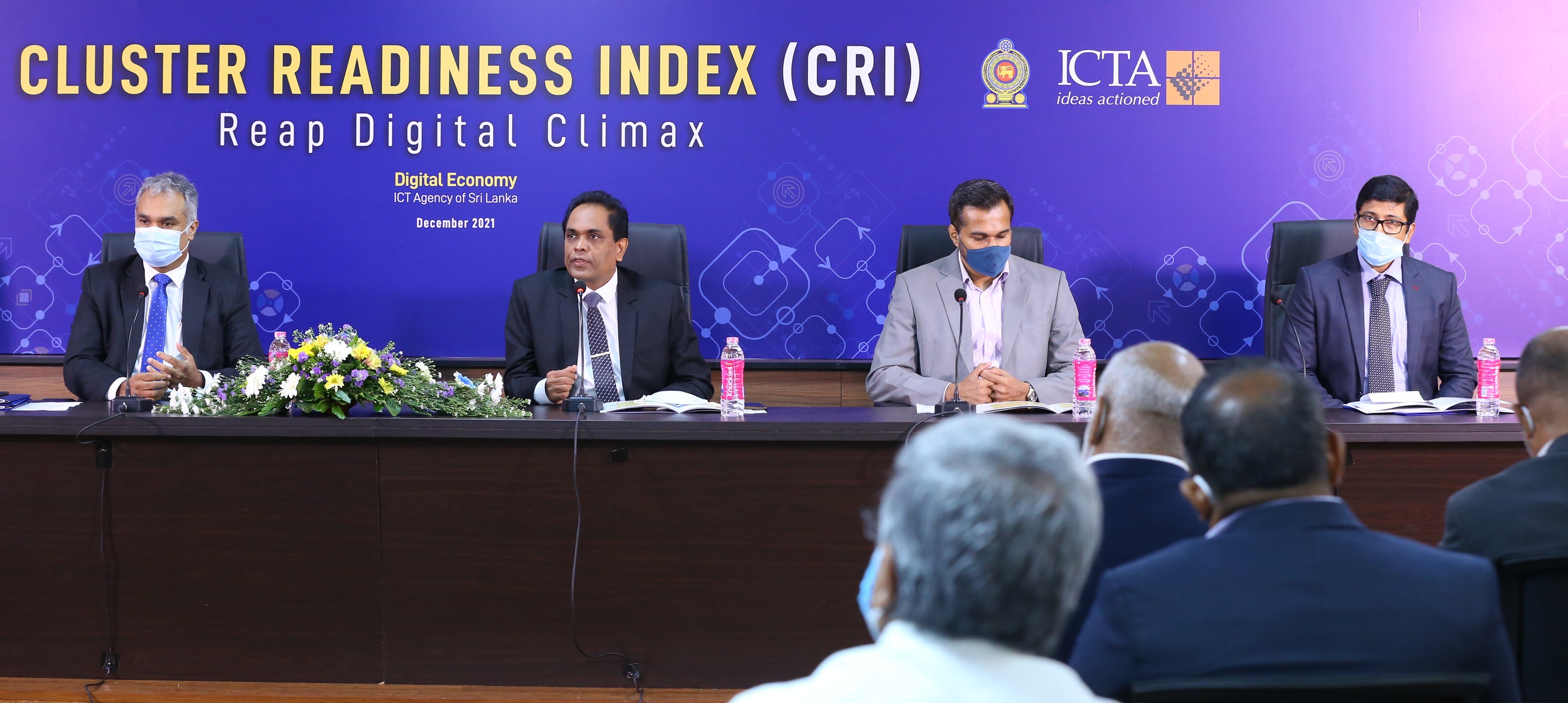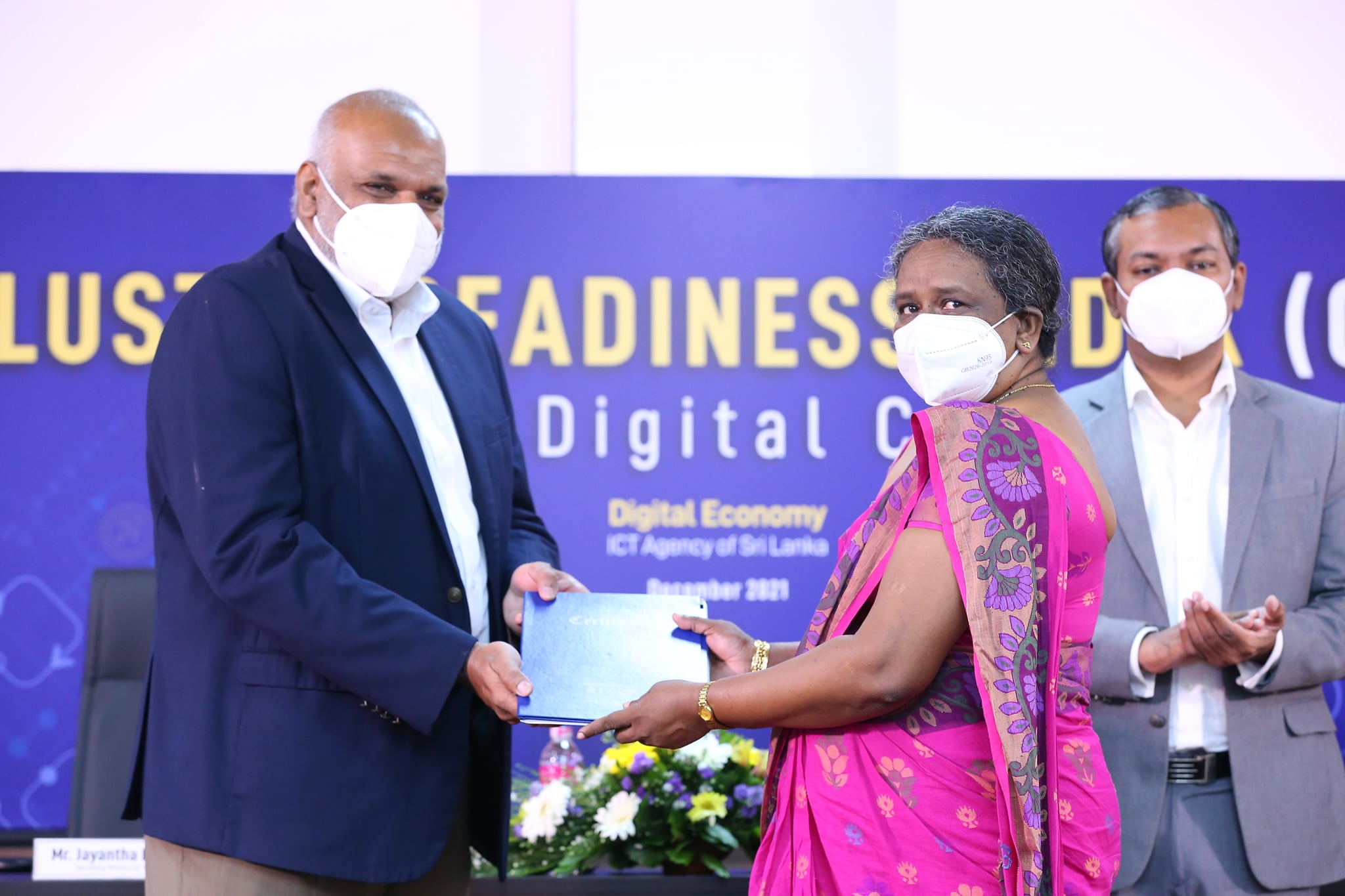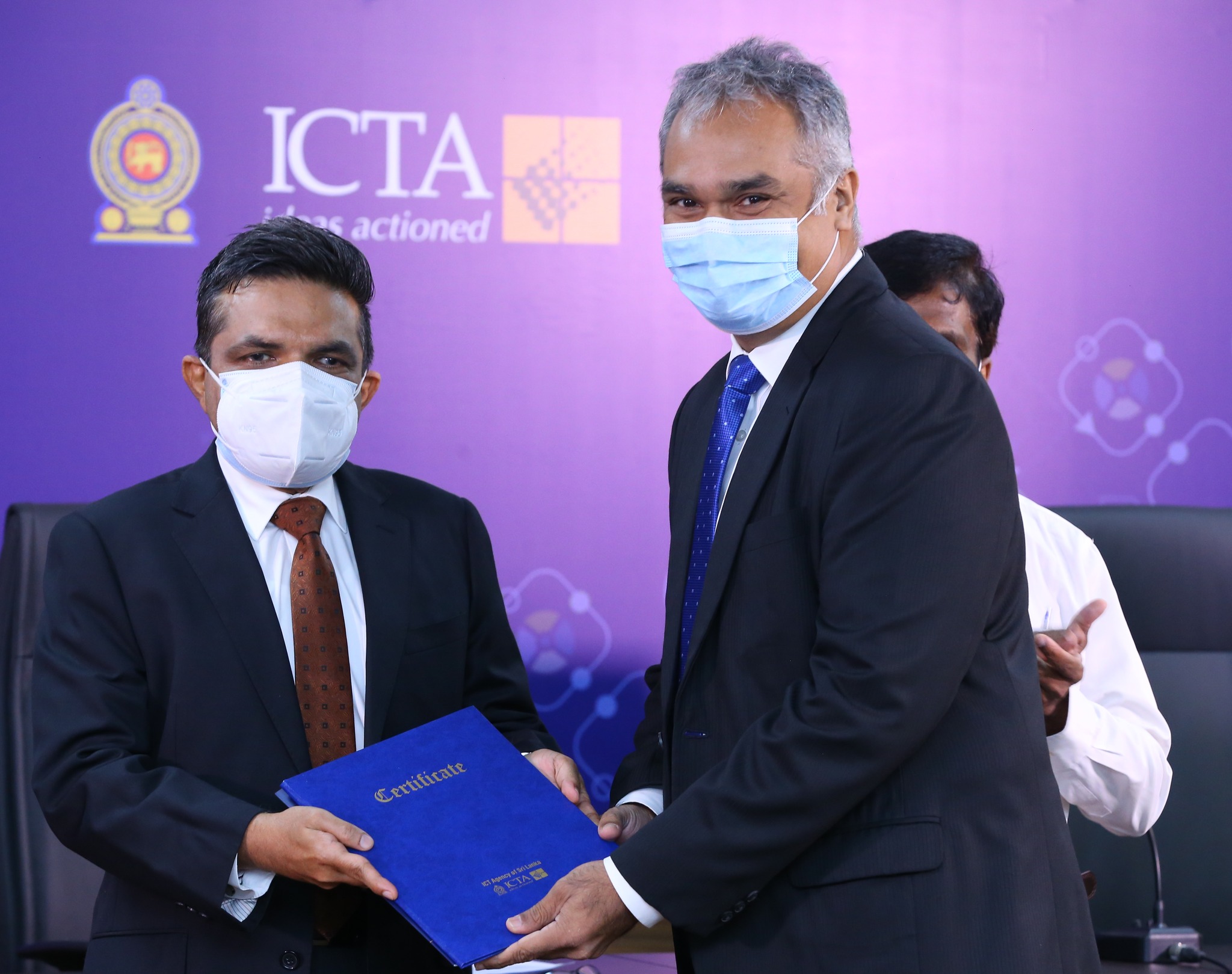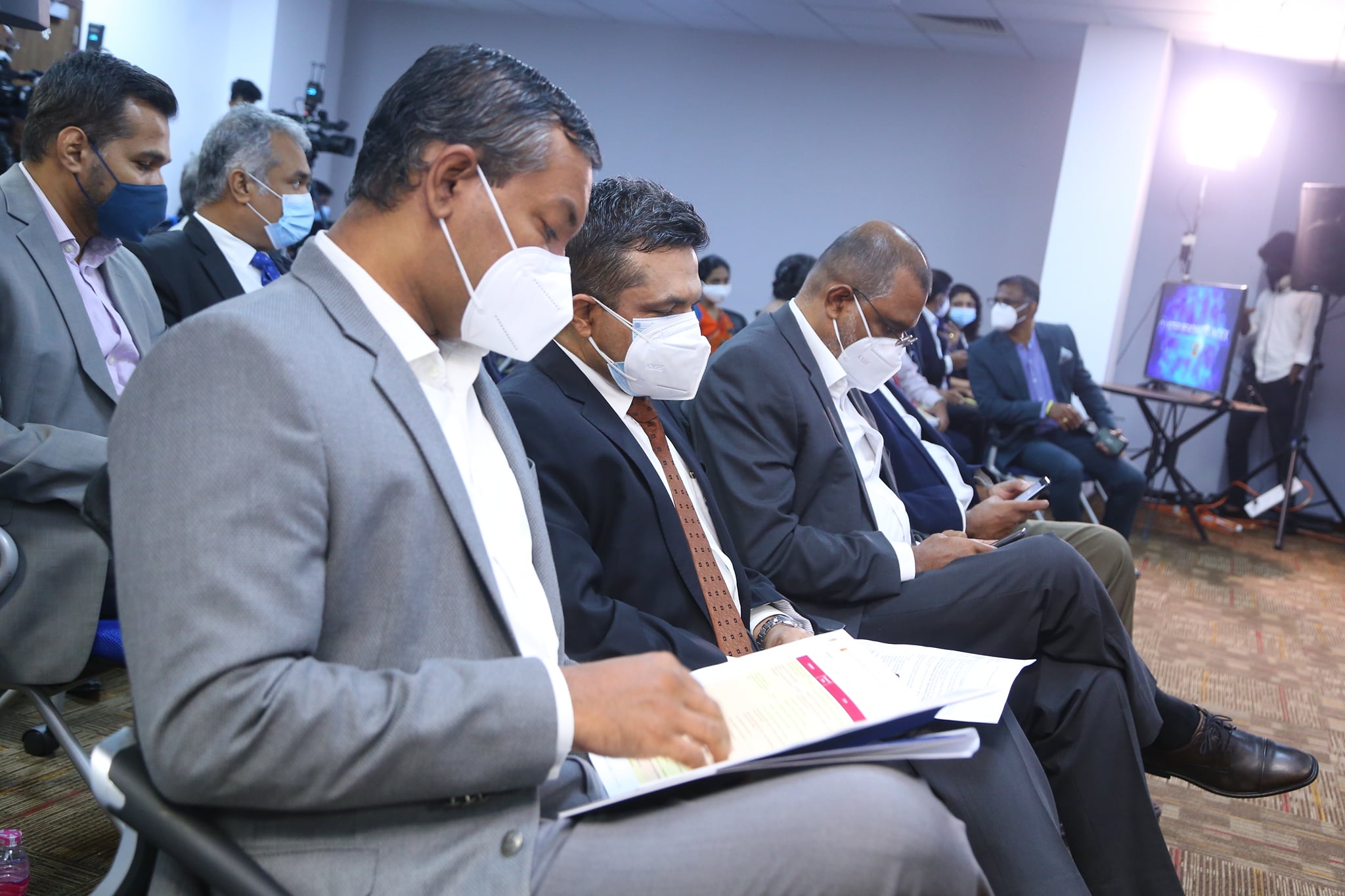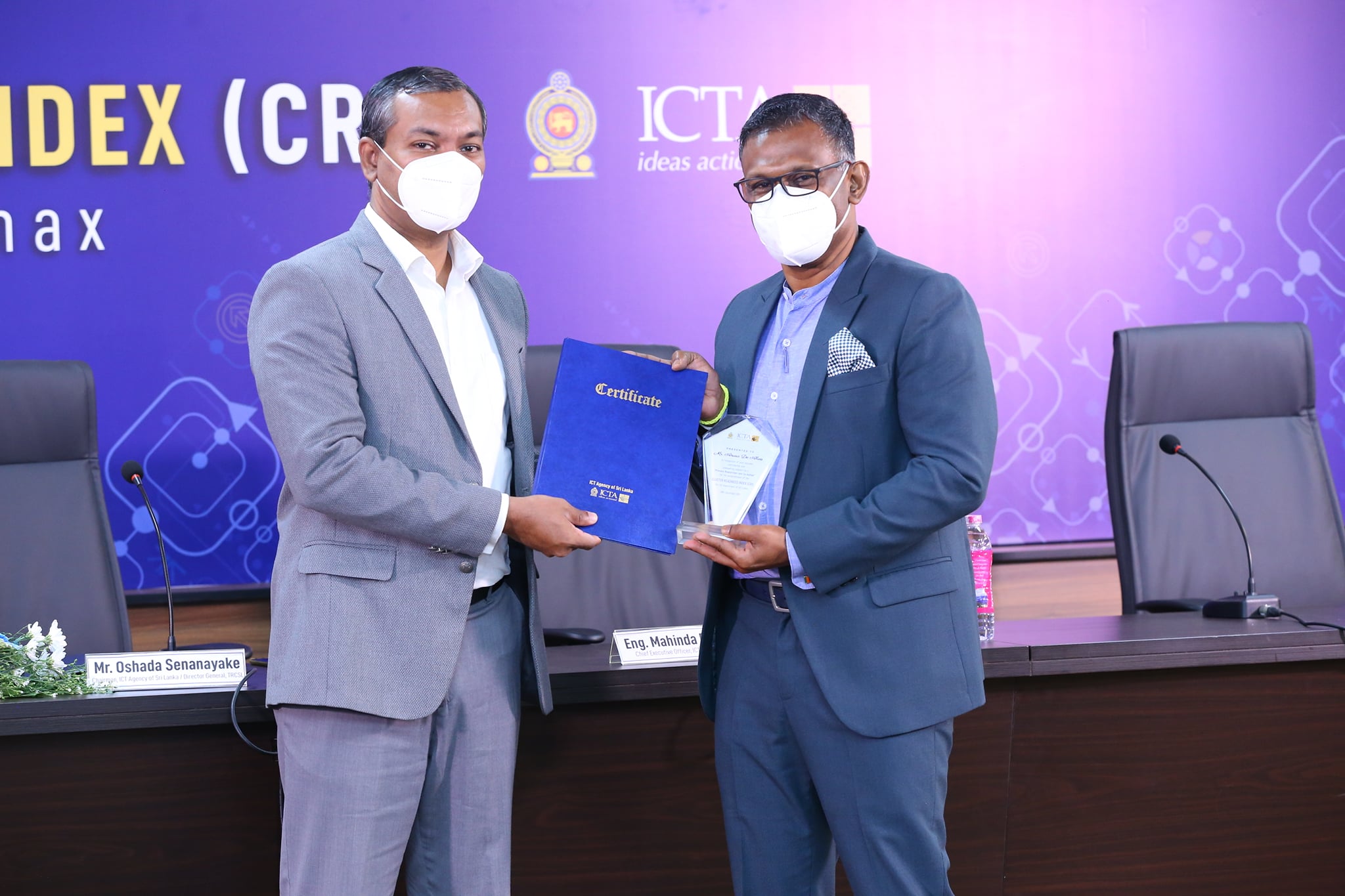Cluster Readiness Index (CRI)
The Cluster Readiness Index (CRI) project, initiated in 2021 and successfully launched in December 2021, marks a significant milestone in Sri Lanka's journey towards digital inclusion and regional development. Developed by the Information and Communication Technology Agency of Sri Lanka (ICTA), this innovative technology benchmarking and readiness assessment model addresses a critical challenge that had long plagued the nation.
The inception of the project was spurred by the absence of a comprehensive methodology or model capable of accurately assessing the inclinations and requirements of various regions across Sri Lanka. The country's vast disparities, both in terms of infrastructure and socio-economic conditions, posed a formidable obstacle in understanding the diverse needs of its clusters. The existing statistics and indicators proved inadequate in capturing the intricacies of these regional variations.
The Cluster Readiness Index project set out with a clear set of objectives. Firstly, it aimed to create a valuable segmentation tool for regional clusters, enabling a more nuanced understanding of their unique characteristics and challenges. Secondly, the project sought to develop statistics-based profiling and decision-making mechanisms, allowing stakeholders to make informed choices regarding regional cluster development. Thirdly, it aimed to formulate strategies for optimizing the cluster development process, efficiently allocating resources and budgetary provisions. Fourthly, the project aimed to customize the solution offerings of other Strategic Business Units (SBUs) across various regions to better meet local needs. Lastly, the CRI was intended to serve as a monitoring and evaluation tool, tracking the progress of regional clusters over time.
The project's scope was ambitious, aligned with the broader goal of fostering a digitally inclusive Sri Lanka. By addressing the digital disparities among regions within the country, the CRI played a pivotal role in facilitating the successful implementation of the National Digital Strategy. Through the optimal allocation of resources, it sought to identify areas in need of improvement within each cluster, understand the programs of work, and execute planned activities to achieve desired outcomes. This approach represented a significant departure from previous nationwide initiatives that lacked a granular understanding of individual cluster needs.
The success of the Cluster Readiness Index project was the result of collaborative efforts from various stakeholders. Government agencies, industry associations, educational institutions, and regulatory bodies in Sri Lanka actively participated in the project. Their collective expertise and commitment were instrumental in achieving the project's objectives.
Project Images
